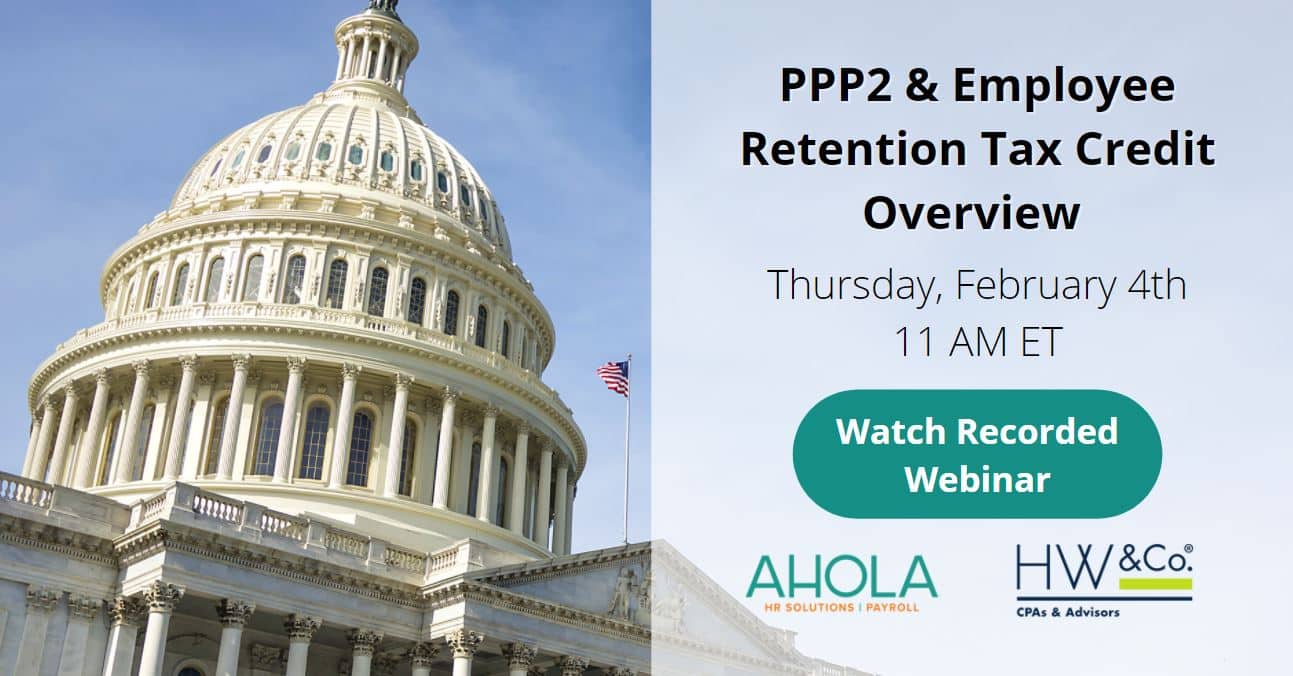Employee Retention and Remote Work
A recent survey of 1,200 office workers supports the theory that remote work is here to stay: 72% of respondents want a hybrid of office and remote work and 32% prefer not to come into the office…
All indications are that office life will never be the same. Businesses are choosing between staying remote, having a hybrid of remote and in-office and going back to an office environment. Whichever model businesses choose to follow, the environment will not be the same as it was before the pandemic.
Determining Preferences for Remote Work
Whichever option a business chooses, employee preference will affect the decision. After working remotely for months, and given that many aspects of daily life still are not back to “normal,” keeping employees happy has taken on added significance.
A recent survey of 1,200 office workers supports the theory that remote work is here to stay: 72% of respondents want a hybrid of office and remote work and 32% prefer not to come into the office.
Considering News Ways to Value Employees
This preference for remote work is driving businesses across the board to consider new ways to let their employees know they are valued. In an office environment, it is relatively easy to do things like order lunch on a random Friday, acknowledge holidays or celebrating birthdays. These office traditions are as simple when employees are working remotely.
Companies need to be innovative and imaginative to accomplish the same team feeling in a remote world. Consider the following ideas:
- Sending a birthday treat to each employee on their birthday and celebrating on a team call.
- Celebrating holidays like St. Patrick’s Day or Secretary’s Day by sending themed gifts.
- Delivering coffee or tea to meeting attendees at random times.
- Responding to specific personal needs by sending equipment such as wall-mount surge protectors and air purifiers.
- Offering training and development opportunities to all employees.
Recognizing Employees as Individuals
You may notice a common thread. Each of these ideas, and many others like them, recognize the employee as an individual. In some ways, sending coffee or tea to someone’s home is more personal than making it available in a breakroom. One of the differences is knowing which drink an employee prefers.
Managers at all levels are loosening policies and becoming more flexible as they recognize that every employee is an individual. It is the personalization piece that is becoming a priority. It is difficult to think of people as “human capital” or “resources” when they are on a Zoom or Teams call with their personal workspace at home as the backdrop.
This trend toward personalization is extending to health and wellness, particularly mental health. Remote work offers many benefits, but it can be isolating in a socially distant world. Businesses need to be aware of burnout and depression in ways they did not have to before the pandemic when people were able to move physically out and about.
Offering Professional Development
Another aspect of personal recognition is the availability for training and development. This training is critical as technology advances and jobs evolve. Customer service employees, for example, need to be trained in responding to chats in addition to phone calls. Emerging leaders need to receive training in reading signals on Zooms rather than at in-person lunches.
Businesses that pay attention to their employees and treat them as individuals rather than resources will reap the benefits of greater employee retention.
Looking for more HR help? Our team of Certified HR Professionals can help. Contact us to learn more.







Reply a Comment